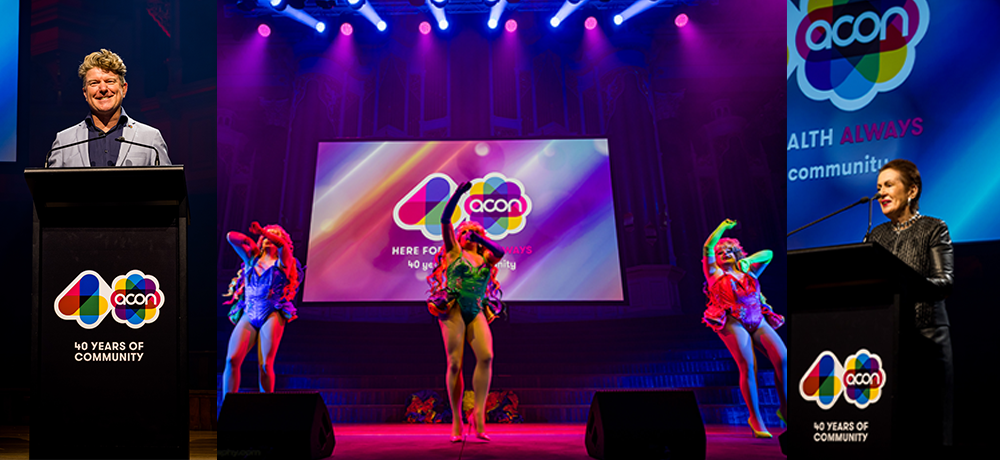
Street press and drug information
This column has been running for many years now and over that time we have covered many issues. It originated from a community drug summit organised by ACON and as far as I can tell is quite unique in its format, particularly when one compares it with the type of information that is often provided in the mainstream media. Sydney Star Observer took a great risk running with a column like this and I applaud them on the decision to continue to support it.
Recently a paper released by the European Monitoring Centre for Drugs and Drug Addiction (EMCDDA) investigated the importance of a range of youth, music and lifestyle publications in dealing with the topic of drugs. Although the Star doesn’t quite fit into any of these categories, street and community press are mentioned in the paper.
It is acknowledged that the first accounts of ecstasy use in recreational and dance music settings were initially published in the mid-1980s by journalists working for youth magazines. This was at least a decade before drug information agencies even began to collect and report data on the drug. The study looked at 26 different magazines across five different countries in Europe to look at the potential of youth media as a new source of information to respond quickly to emerging drug trends.
Overall the three drugs most frequently mentioned were cannabis, ecstasy and cocaine, which appeared to reflect the type of drugs usually used by young people in Europe. One third of the references for this study were neutral, taking neither a negative nor positive attitude to drugs and drug-taking. They were included as news items or to entertain, for example in stories about the excessive behaviour of celebrities. Among the remaining two-thirds of drug references, the positive and negative aspects of drug use were more or less equally balanced. Some drug coverage appeared to be attempting to provide objective information which was, sometimes, extremely detailed. The acute physical risks of drug use, addiction and psychological problems were mentioned more than any other risks. The positive aspects of drug use that were focused on were the psychological and relaxant effects, followed by increased energy.
The authors found that these sorts of media appeared to play an unofficial role in communicating information in a manner that is likely to be viewed as interesting and objective. They were particularly impressed with the mixture of positive and negative information, which of course is so different from what you would read in the tabloid press. Hopefully this is what this column has been able to do over the years. We definitely have tried to keep readers up-to-date and provide the best possible information on what is around, the risks involved with use and how to reduce those risks whenever possible.
Remember: if you do not want any negative consequences, do not use the drug and, no matter how many times you have used a substance, never be blas?/p>









